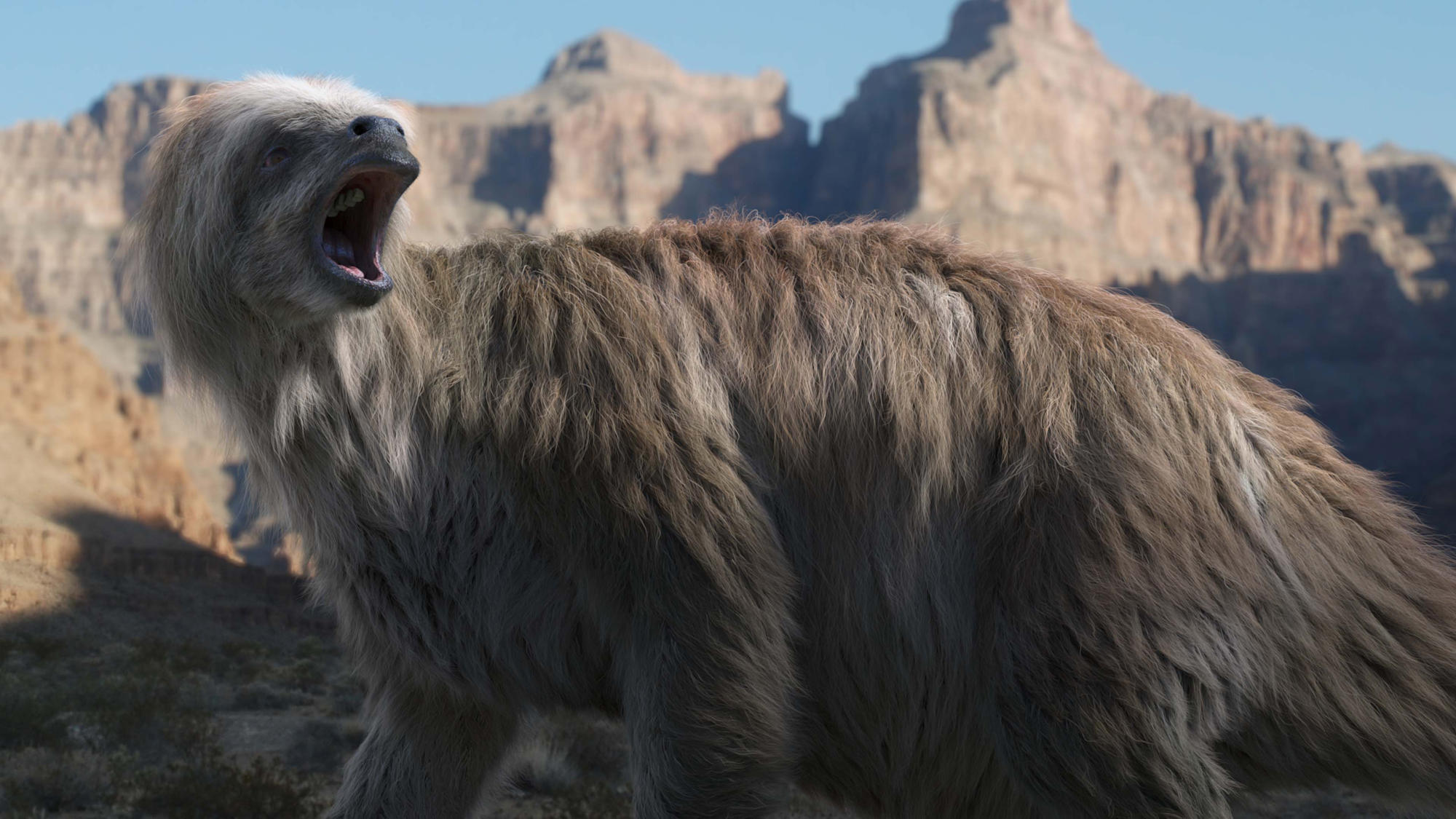
Though the name "Ground Sloth" refers to a diverse suborder of
mammals from the last glacial period, one of this group's most
distinctive is Megatherium. These South American herbivores were
drastically different from their contemporary cousins; they were
tertiary beasts with thick skin, giant claws and long tails for
protection against predators. They could grow up to 20 feet, larger than
many contemporary elephants.
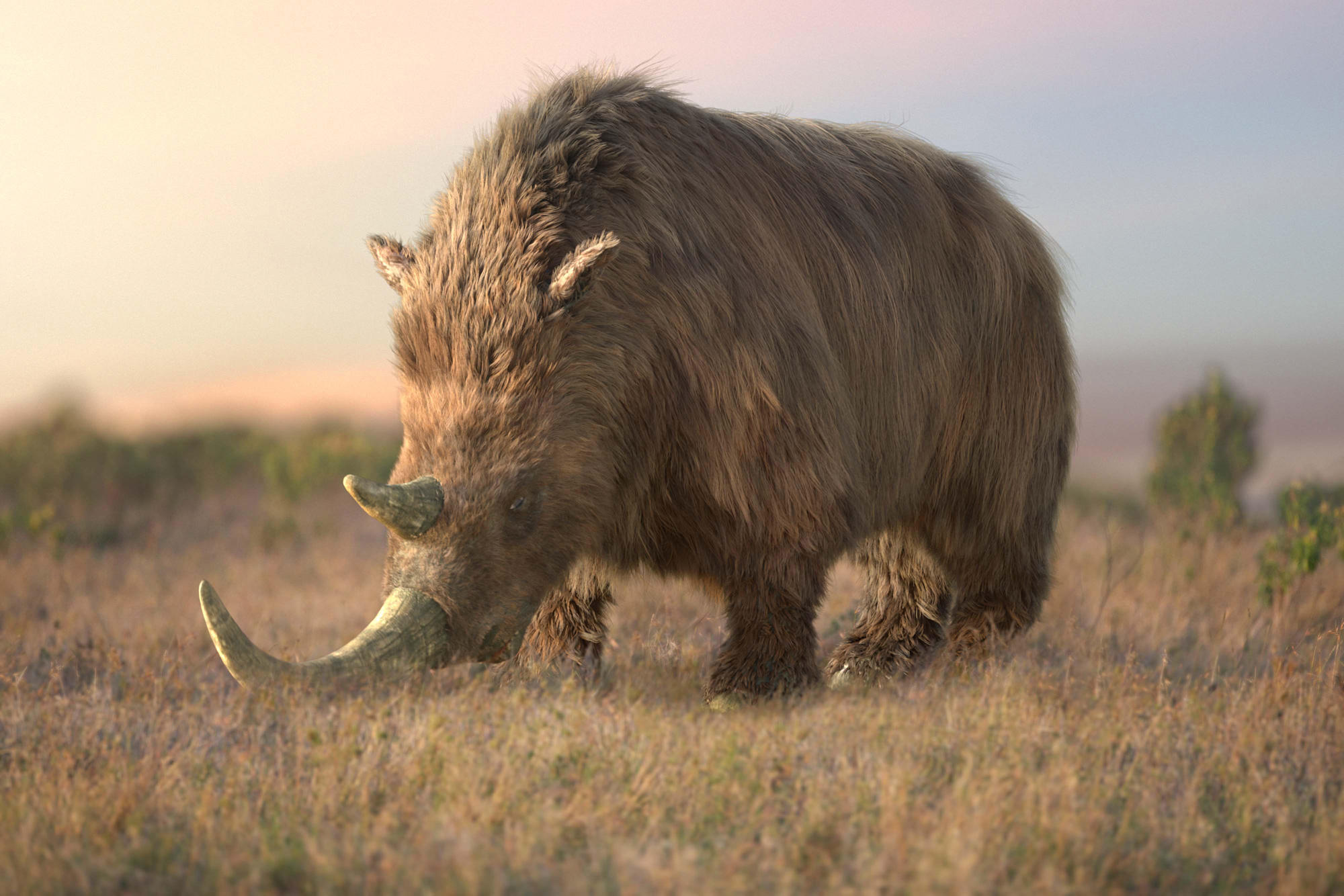
The other woolly wonder of the Ice Age was the woolly rhino,
which dwelled in the same habitat as the mammoths that so often
overshadow them. Their lack of notoriety might be in part because of
their early extinction. While mammoths lived up to 2,000 B.C. in a small
isolated community on Wrangel Island, most predictions peg the woolly
rhino's extinction at 8,000 B.C., making their fossil record harder to
trace.
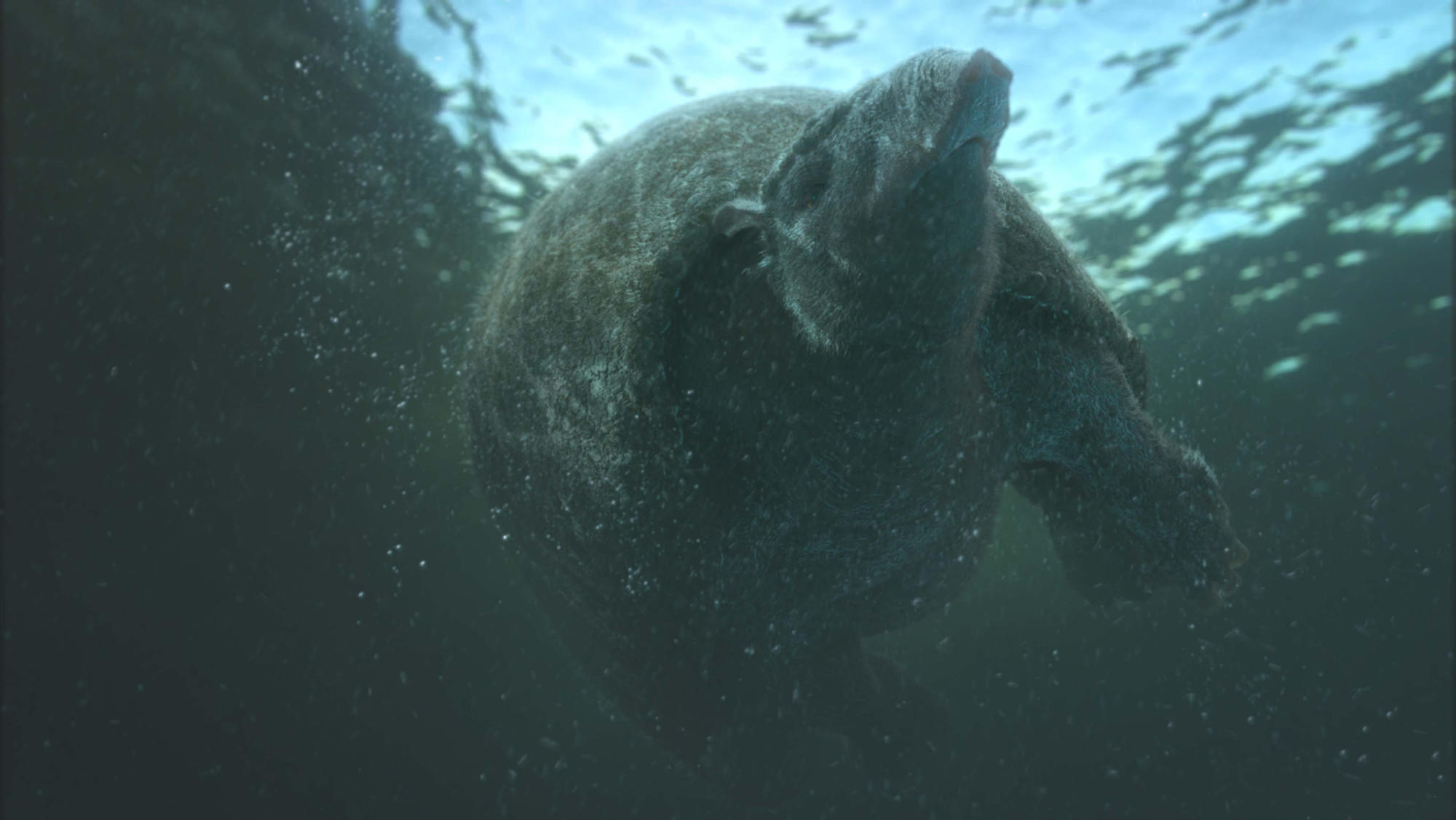
One of the oldest great mammals to go extinct during the final
glacial period was the Glyptodon. These relatives of modern day
armadillos were massive, reaching up to 10 feet at their peak. During
the Ice Age, these creatures lived in the damp swamps of Arizona, but as
the swamps dried up in the warming climate and hunters began to target
the animals for their valuable shells, they gradually went extinct.
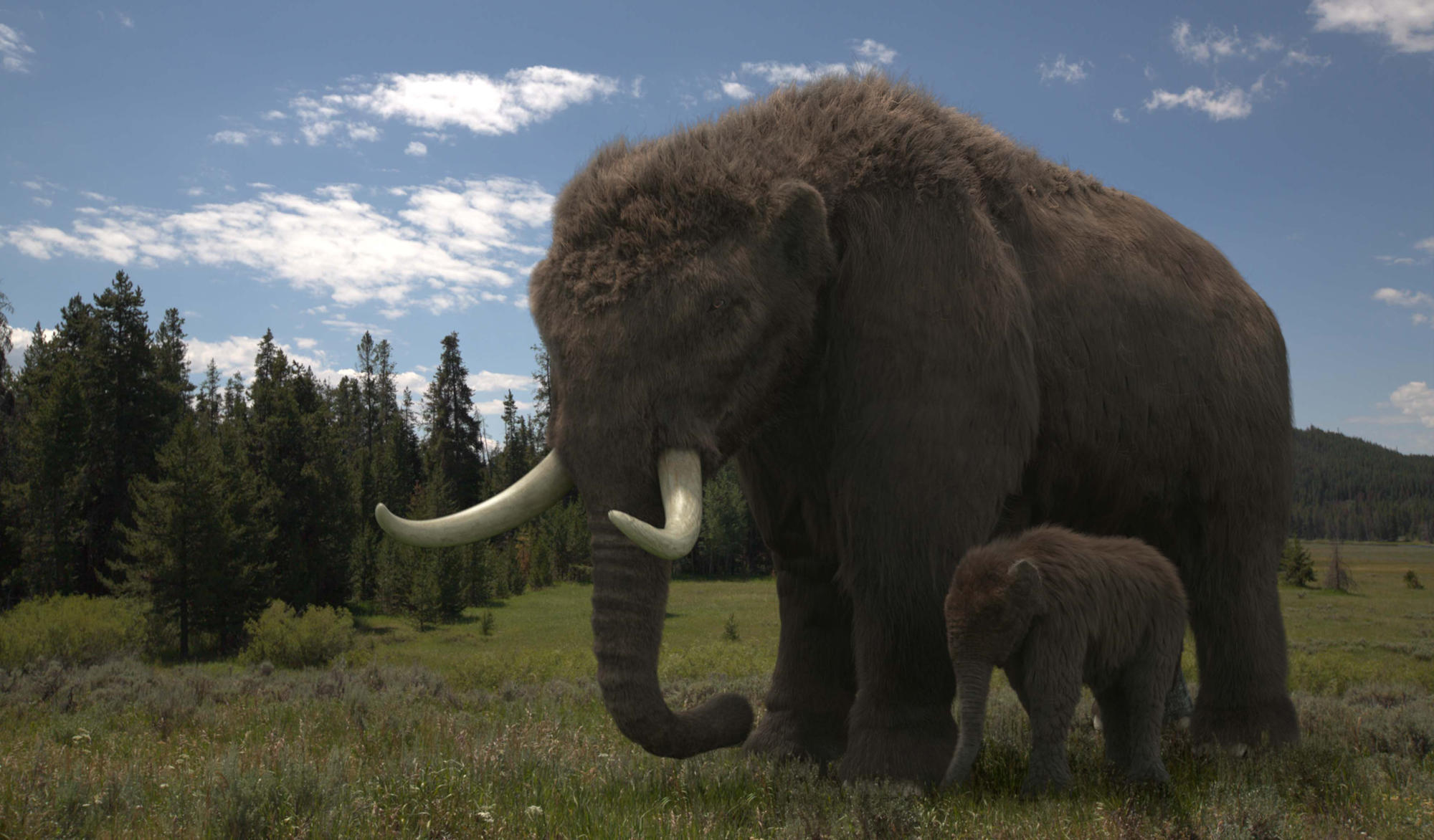
Not to be confused with their Eurasian relatives, the American
mastodon was a forest dweller rather than a grassland grazer. Shorter,
longer and more muscled than the mammoth, these giants of the Ice Age
more closely resembled current Asian elephants. Their extinction
coincides directly with the arrival of humans in the Americas and many
fossils indicate that hunters carved their bones into weapons.
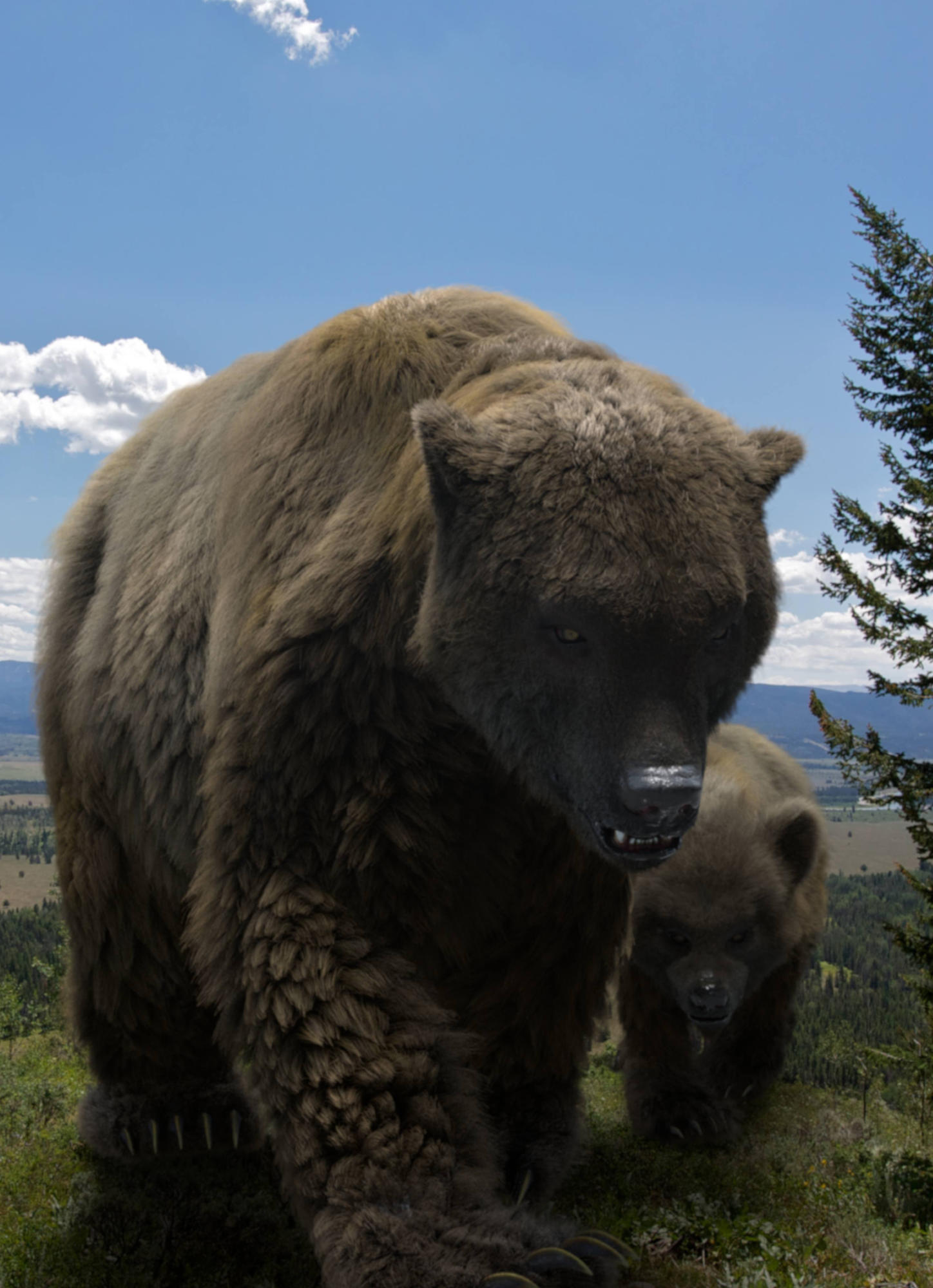
The average European cave bear was the size of the largest modern
brown bears (weighing between 800 and 1,100 pounds) and one of the few
Ice Age giants not believed to have been hunted to extinction by humans.
The lack of cave paintings of these creatures might indicate that
humans avoided them purposefully. They went extinct long before many of
the other large animals of the Ice Age, but the cause of their
extinction remains controversial. The most viable hypothesis claims that
the bears gradually went extinct as the plants on which they fed slowly
diminished.

No comments:
Post a Comment